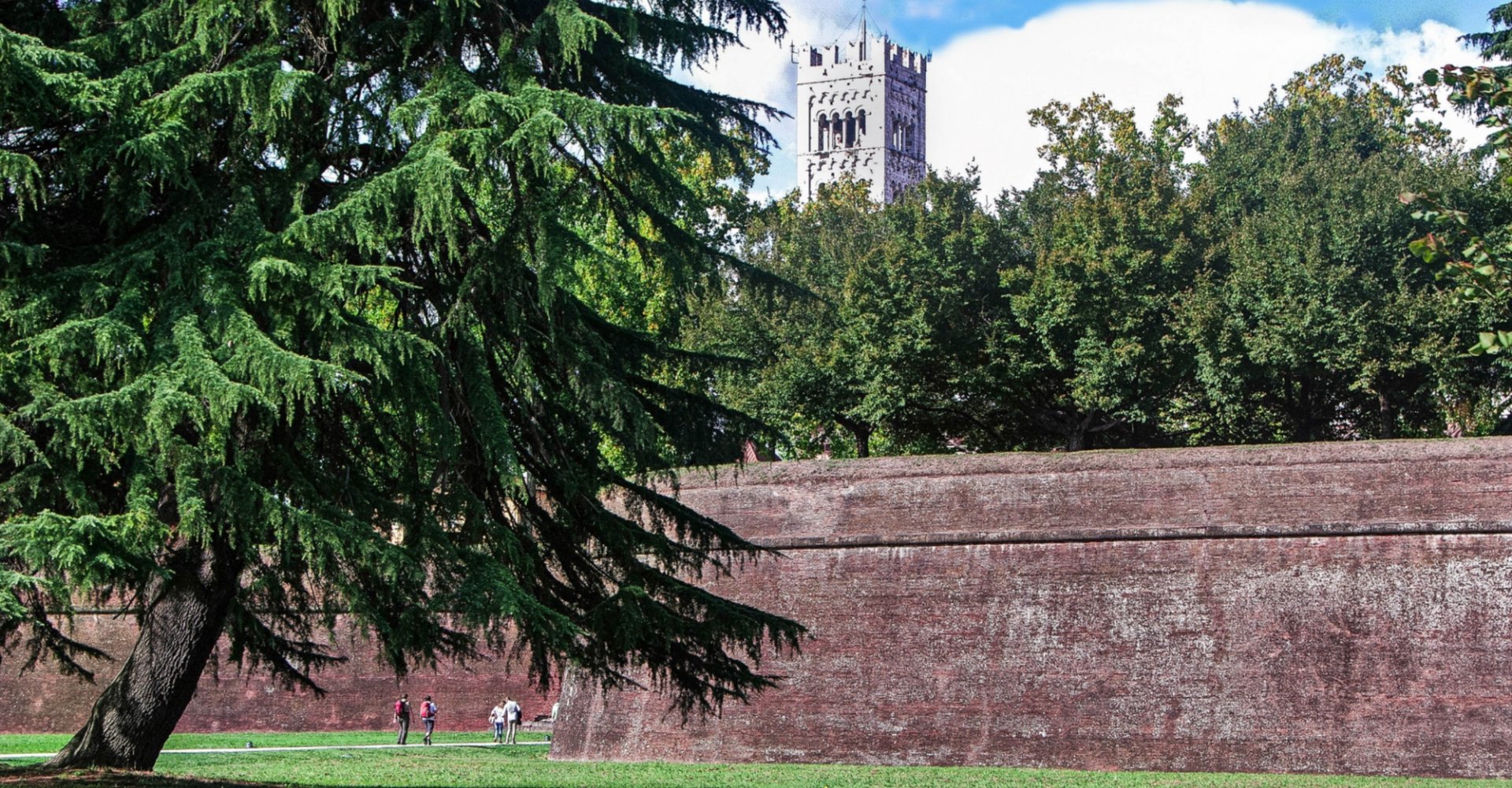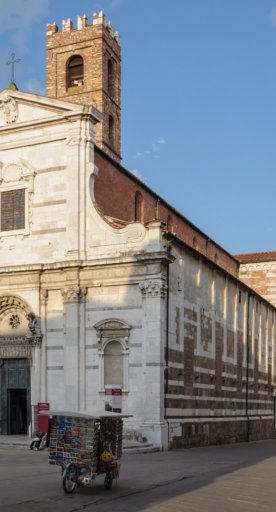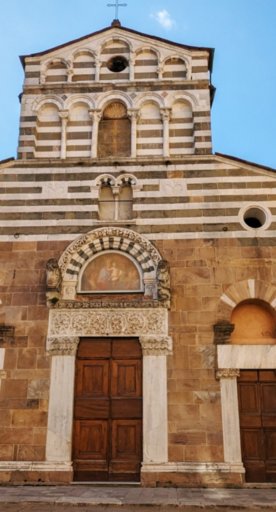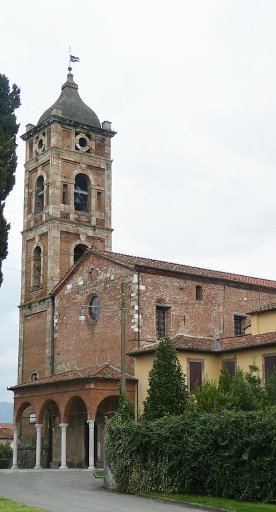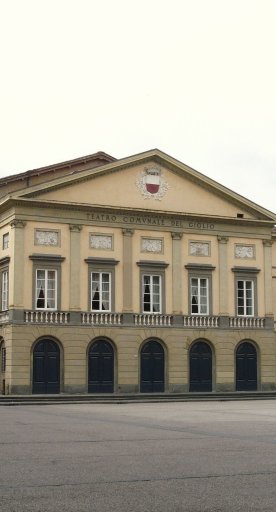Historic walls in Lucca
Lucca’s historic walls are a symbol of the modern principles of fortification
Lucca’s historic walls were built between the mid-1600s and early 1800s and are still intact today, representing a valuable cultural resource not only for the city but for the territory as a whole. The walls today are actually the fourth version, the first one having been built by the Romans in the 2nd century BCE, the second one dating to the Middle Ages, finished in 1270, and the third stared at the end of the 1500s and was similar to the current walls.
When considerable advances were made in military technology, it was decided that the walls should be improved and fortified. Add to this the fact that Florence’s dominion in those days stretched as far as Altopascio, just 15 km from Lucca, and by 1544, renovations were underway, led by Italian and Flemish experts.

Interestingly, the work was so vast and intense, that nearly 2,000 workers were needed per day and people from the surrounding countryside were required to lend a hand at least once a week! The walls count 12 enceintes with ramparts, 11 bastions and 6 dates (there were only 3 originally) and stretches for 4.2 km around. They were never used for defensive purposes, in the end, apart from one occasion, though it might not be what you think! When the River Serchio flooded in 1812, all the gates were closed and reinforced, saving the city of Lucca.
When the new Duchy of Lucca was entrusted to the Borbone family from Parma in 1815, Duchess Maria Luisa appointed the architect Lorenzo Nottolini (who also designed the famous Piazza dell'Anfiteatro) to transform part of the walls into a green space, which was later turned into a full-blown public park in the late 1800s. Today, the walls boast many spots to play and relax, especially around the bastions and ramparts, equipped with benches, tables, drinking fountains and games for children.
